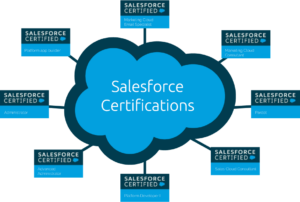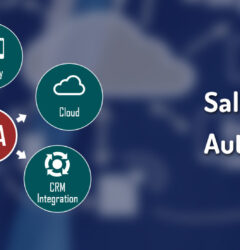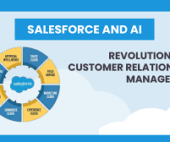Creating a sales plan is a pivotal step in reaching your revenue objectives. To ensure its longevity and adaptability to industry’s ever evolving circumstances, consolidating all your sales data in a unified location and utilizing technology for real-time updates is crucial.
Thank you for reading this post, don't forget to subscribe!Here’s a step-by-step guide to crafting an effective sales plan.
Agree on a timeline for your tactics and goals:
What needs to be completed when, and in what order. What tactics can be worked on concurrently and what tactics have dependencies?
Write out your company mission and values to ensure alignment:
Integrate with a CRM:
- Centralize all sales data within a Customer Relationship Management (CRM) system. This approach provides real-time insights into any alterations that might impact your targets, enabling swift adjustments to your plan.
Assess team capacity:
- Utilize CRM data to gauge your team’s revenue-generating potential. Consider various metrics, including historical sales performance, quotas, targets, and hiring data.
Identify the target audience and product or service positioning in the marketplace:
Evaluate the gap:
- Determine the variance between your revenue projections and the set targets. For instance, if your goal is a $6 million Annual Contract Value (ACV) this year, and you lack two sellers, strategize ways to bridge the gap and meet the target.
Create action plans:
- Develop a comprehensive sales and marketing plan detailing expectations, incentives, customer segments, and territories. Test different scenarios—such as hiring additional staff, reassigning territories, or implementing an enablement program—to identify the most cost-effective approach for closing the gap and attaining your targets.
Present and execute:
- Propose your action plans to leadership and seek approval. In cases where the preferred plan is not feasible due to cost constraints, be prepared to consider alternative options. For example, if investing in an enablement program is not approved, explore alternatives like increasing individual quotas.
Continuously adjust:
- Acknowledge that market conditions can evolve, necessitating adjustments to your sales plan. Envision your sales plan as a dynamic document that requires continual monitoring and fine-tuning to remain on course and achieve your objectives.












